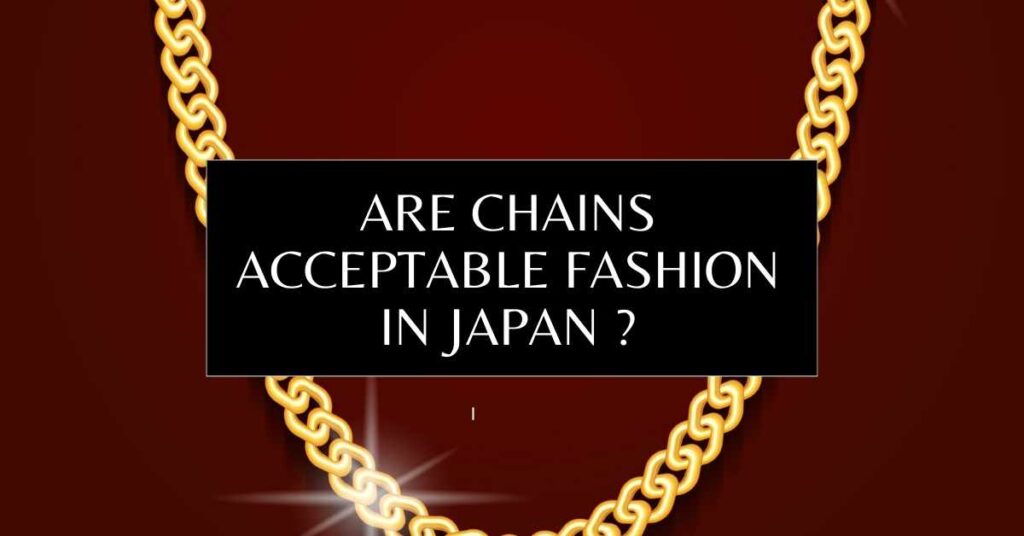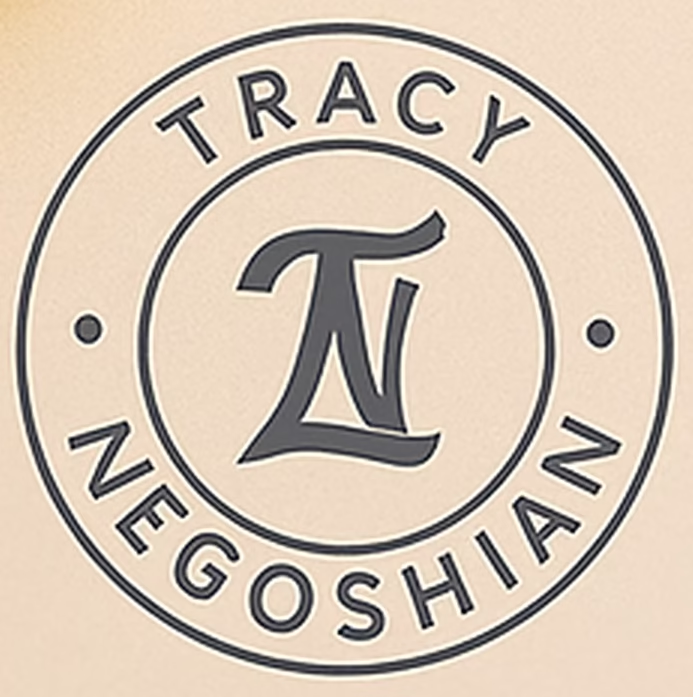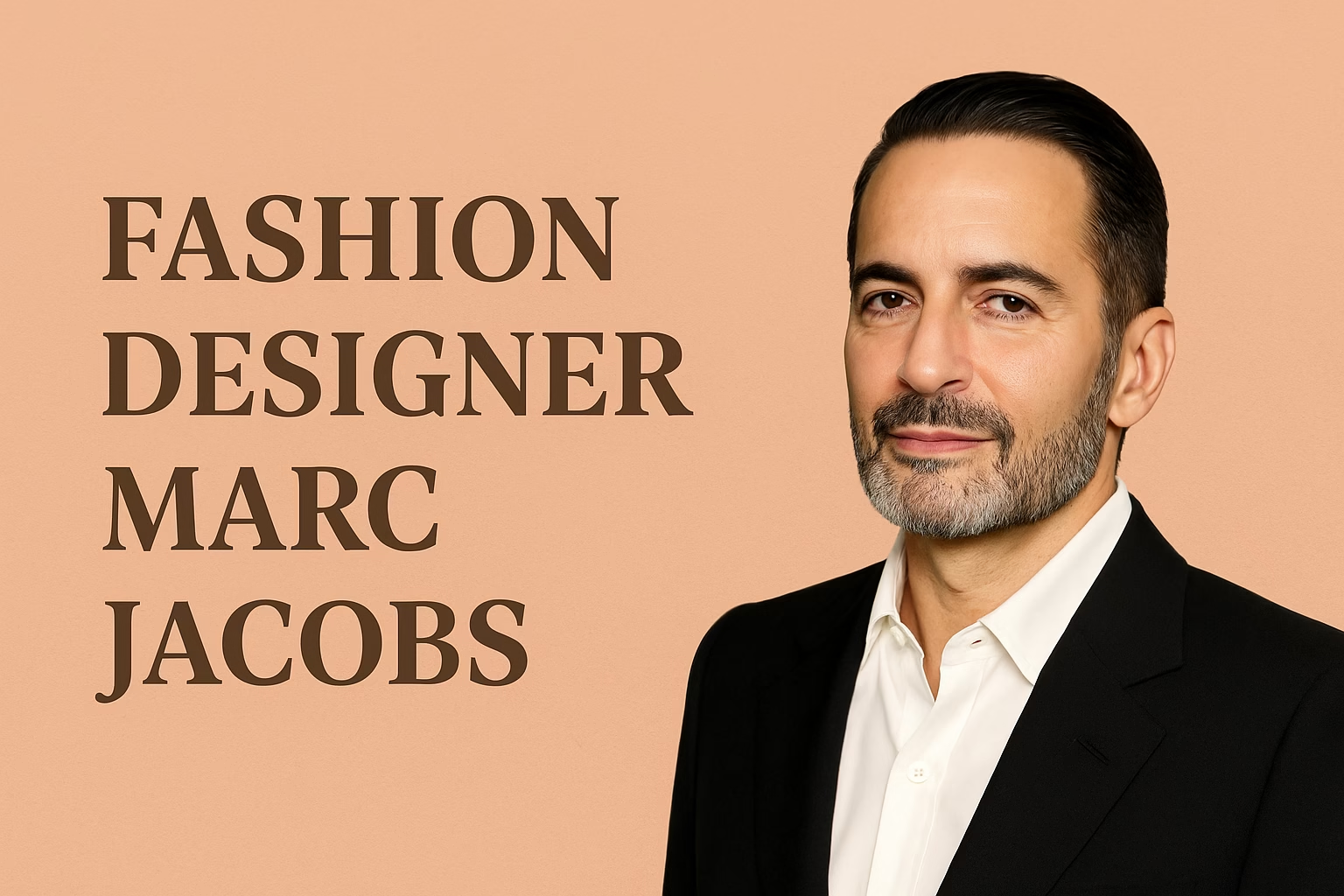
Introduction
Fashion is full of big names, but fashion designer Marc Jacobs has a way of standing out. He mixes bold creativity with classic influences, and the result is style that speaks to different generations. From edgy grunge looks to polished luxury, Marc Jacobs has shown the world he’s more than just another designer—he’s a storyteller with fabric.
When I think of Marc Jacobs, I don’t just see clothes on a runway. I see moments in culture, like when his designs redefined grunge or when his Louis Vuitton shows felt more like global events than fashion weeks. His career has shaped how people dress, what luxury means, and even how fashion connects to art and music. That’s what makes learning about him so fascinating.
In this article, we’ll walk through his life, career, designs, and influence. We’ll also talk about the brand, his legacy, and why fashion designer Marc Jacobs continues to matter today.
Who is Fashion Designer Marc Jacobs?
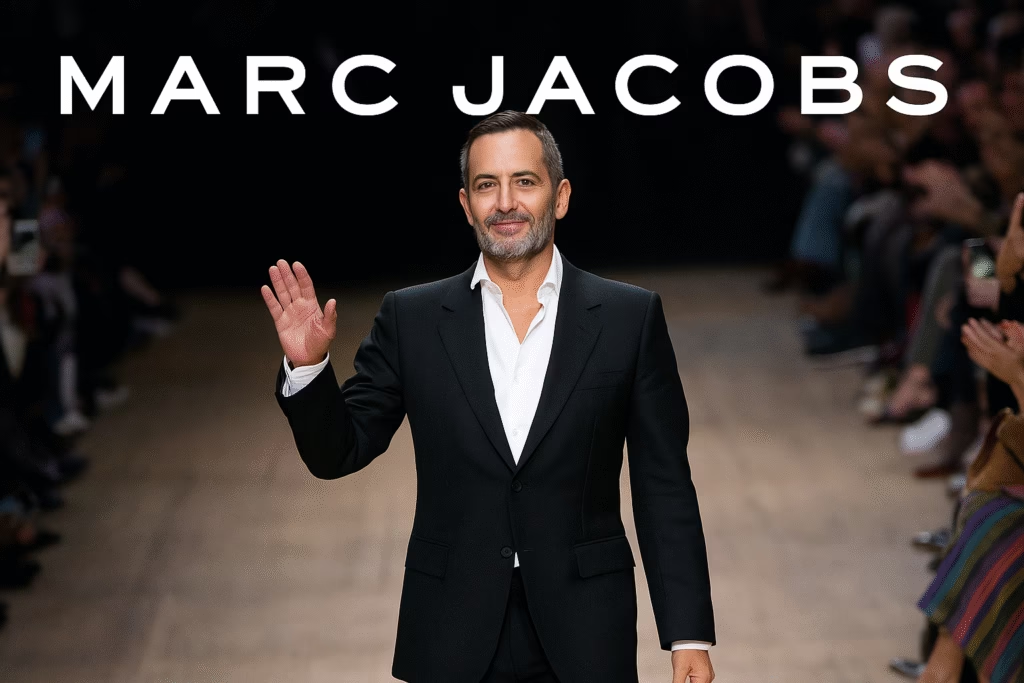
Fashion designer Marc Jacobs is an American creative best known for founding his namesake brand, Marc Jacobs, and for his time as creative director of Louis Vuitton. He was born on April 9, 1963, in New York City. His upbringing was not easy, but his love for fashion was clear even as a teenager. After attending the Parsons School of Design, he quickly caught the attention of the fashion world.
If you’re wondering what makes him special, the answer is range. He can create a slouchy grunge sweater that feels pulled from a thrift store and, at the same time, design a polished handbag that sells out worldwide. That balance of edgy and luxurious is something very few designers have mastered.
He first gained recognition when he won the Perry Ellis award in 1987 from the Council of Fashion Designers of America (CFDA). At the time, he was the youngest designer to ever receive the award. This achievement put his name on the map and gave him the momentum to push boundaries.
Beyond his professional achievements, Marc Jacobs is also known for his personality. He’s outspoken, confident, and often playful, which matches the energy of his collections. Fans admire him not just for his work but also for his authenticity. He made fashion feel fun while still treating it as serious art.
Marc Jacobs’ Career Journey
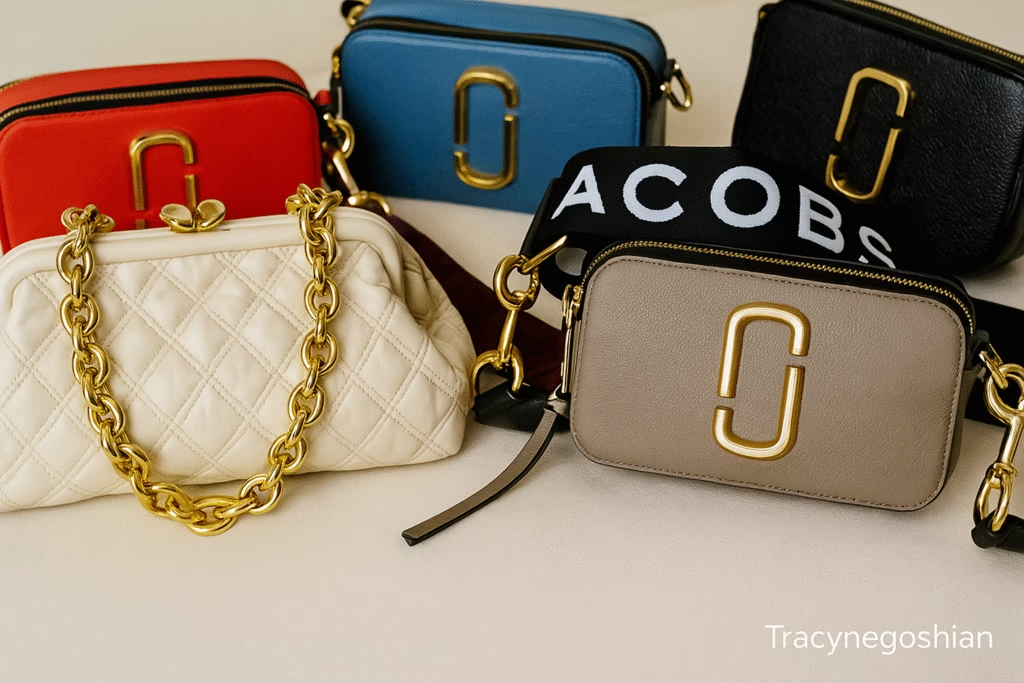
Early Career and Breakthrough
Marc Jacobs’ career started with bold moves. His first collections showed he was willing to take risks, and that caught the eye of the fashion press. After graduating from Parsons in 1984, where he won the prestigious Perry Ellis Gold Thimble Award, he launched his first line under his own name.
But his real breakthrough came at Perry Ellis. In 1992, Jacobs presented a grunge-inspired collection that went against everything polished and refined at the time. Think plaid shirts, knit caps, and army boots on a luxury runway. Critics loved it, but Perry Ellis executives hated it. The collection was considered so controversial that Jacobs was fired. Funny enough, that very collection later became legendary and cemented his role as the face of the grunge movement in fashion.
Instead of ending his career, this setback gave him freedom. He proved he wasn’t afraid of failure, and people respected that. Fashion insiders knew that Jacobs was more than just another young designer—he was someone who could shift trends with a single collection.
Louis Vuitton Era (1997–2014)
In 1997, Marc Jacobs took on one of the biggest roles in fashion history: creative director at Louis Vuitton. At that point, Louis Vuitton was known mainly for its luxury luggage. Jacobs helped transform the brand into a full-fledged fashion powerhouse.
He introduced ready-to-wear clothing at Louis Vuitton for the first time. He also created some of the most iconic handbags and accessories in modern fashion. Remember the graffiti-print bags done with Stephen Sprouse or the playful designs with Takashi Murakami? Those weren’t just collections—they were cultural explosions.
His Louis Vuitton shows became major events. He used elaborate sets and theatrical performances that made runway shows feel like full productions. Celebrities, press, and buyers couldn’t get enough. His time at Vuitton set the standard for what a modern luxury brand could be: global, creative, and tied to pop culture.
Jacobs stayed at Louis Vuitton until 2014. By the time he left, the brand was more profitable and culturally relevant than ever before. His impact on Louis Vuitton remains one of his most celebrated achievements.
The Marc Jacobs Brand
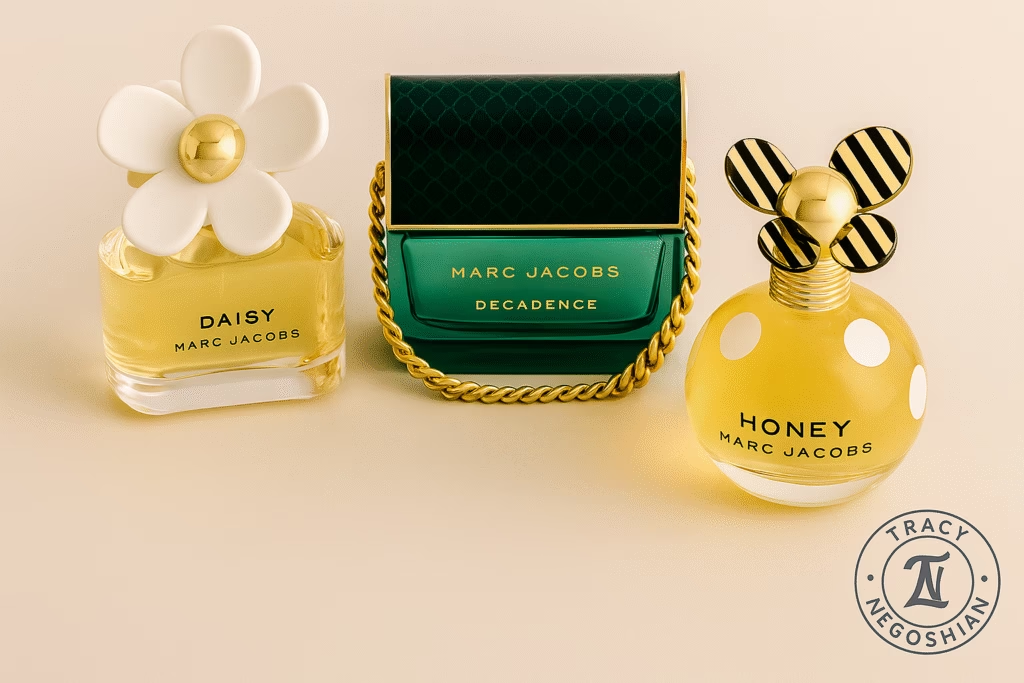
Parallel to his work at Louis Vuitton, Marc Jacobs built his own empire. The Marc Jacobs brand launched in 1986, and later expanded with “Marc by Marc Jacobs,” a more affordable line that became a huge hit with younger shoppers.
The brand has always been about personality. Jacobs designs for people who want to stand out, who want a mix of fun and fashion. From quirky T-shirts to high-end gowns, the label covered it all. Accessories, especially handbags, became some of the most sought-after items. The Stam bag, introduced in 2005, turned into an instant must-have and remains iconic today.
His brand also branched out into fragrances. The Daisy perfume, launched in 2007, became a bestseller worldwide. Its fresh, floral scent and playful packaging made it a favorite for women of all ages. Even today, Daisy remains one of the best-known Marc Jacobs products.
By building both a luxury label and an accessible one, Jacobs proved his understanding of fashion as both art and business. He reached high-end clients while also connecting with everyday shoppers. That balance kept his brand popular across decades.
Signature Marc Jacobs Designs & Style
Marc Jacobs has a very clear design identity. His collections often mix opposites: grunge with glam, streetwear with couture, or playful prints with serious tailoring. He’s not afraid to take risks, and that’s why people remember his shows.
Some of his signature pieces include oversized sweaters, layered skirts, and bold accessories. He’s also famous for reintroducing styles like platform shoes, velvet jackets, and slip dresses into mainstream fashion. His designs always feel wearable but also daring enough to make a statement.
Handbags are another huge part of his brand. The Stam bag, Snapshot camera bag, and tote bags with bold Marc Jacobs branding became staples for fashion lovers. Each piece reflects a mix of functionality and personality.
Perfumes also play a big role. Daisy, Honey, and Decadence became household names, with bottles that doubled as collector items. Jacobs understood that fashion wasn’t just about clothes—it was about lifestyle, and his fragrances tapped into that perfectly.
What sets him apart is his ability to stay relevant. While some designers fade after a few decades, Marc Jacobs keeps evolving. He adapts his designs to modern tastes without losing his signature touch. That’s why both younger and older generations know his name.
Awards and Achievements
Fashion designer Marc Jacobs has collected more awards than most designers ever dream of. Early in his career, he won the Perry Ellis Award for New Fashion Talent in 1987. This award came from the Council of Fashion Designers of America (CFDA), and it made him the youngest designer to receive it. That recognition gave him credibility and momentum in the industry.
Over the years, Jacobs picked up several more CFDA awards, including Women’s Designer of the Year and Accessories Designer of the Year. The CFDA is known as the Oscars of fashion, so stacking up wins there is a big deal. Each award showed that his peers respected his talent and innovation.
His influence stretched beyond the industry too. In 2010, Time Magazine listed him in their “100 Most Influential People in the World.” That’s rare for a fashion designer, and it showed how much he impacted culture outside of runways. He wasn’t just creating clothes; he was shaping style conversations worldwide.
From Parsons School of Design accolades to lifetime achievement awards, Jacobs’ trophy case reflects decades of creativity. What makes his awards even more meaningful is that they cover different categories—design, accessories, and influence. He’s not boxed into one area, and that’s the mark of a true creative force.
Marc Jacobs’ Influence on the Fashion Industry
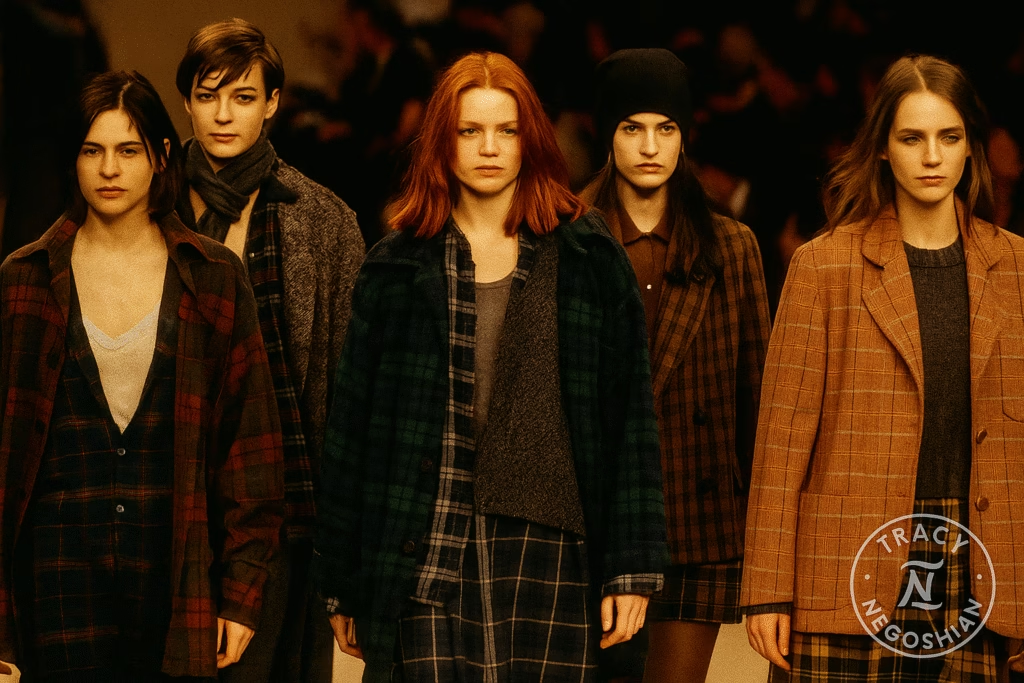
Marc Jacobs changed how people think about fashion. One of his biggest contributions was introducing grunge to high fashion in the early 1990s. That move blurred the line between street style and runway couture. Today, that blend is everywhere, but Jacobs did it first.
During his time at Louis Vuitton, he transformed the brand from a luggage company into a global fashion leader. By adding ready-to-wear clothing and collaborating with artists, he turned Vuitton into more than a heritage brand. He showed other luxury labels that partnerships with pop culture figures could make high fashion more accessible and exciting.
His shows also influenced how designers present collections. Instead of simple runways, Jacobs used elaborate sets and theatrical ideas. He made fashion shows feel like storytelling, setting a trend for bigger productions across the industry. Now, when you see a fashion show with moving parts, surprise guests, or dramatic sets, that’s partly Marc Jacobs’ influence.
Even younger designers name him as inspiration. His fearlessness—whether in getting fired for a risky collection or reinventing luxury at Vuitton—proved that risk-taking can lead to long-term success. He made fashion feel both serious and fun, and that balance continues to inspire.
Marc Jacobs Today
Today, fashion designer Marc Jacobs remains active with his own brand. His collections continue to mix bold ideas with accessible pieces, keeping him relevant to both high-fashion followers and everyday shoppers. His diffusion line, Marc by Marc Jacobs, may have ended, but the main label stays strong with fresh collections.
His perfumes remain bestsellers, especially Daisy, which has become a timeless product. In fact, many people know Marc Jacobs first through his fragrances before discovering his clothing and accessories. That shows the reach of his brand across different markets.
On social media, Jacobs keeps a strong presence. He shares personal style moments, interacts with fans, and promotes new designs. Unlike many designers who stay behind the curtain, Jacobs leans into visibility, which makes him more relatable. Fans love seeing a fashion icon who also feels approachable.
He also continues to experiment. Whether it’s rethinking classic silhouettes or introducing playful accessories, Jacobs doesn’t stay stuck in the past. His ability to adapt while keeping his signature edge is what keeps the brand alive today.
Marc Jacobs Net Worth & Business Empire
Marc Jacobs has not only built a name but also a massive business empire. Estimates place his net worth at around $200 million, though exact figures shift depending on the year and business deals. The money comes from multiple sources: clothing, accessories, perfumes, and licensing agreements.
The Marc Jacobs brand itself is a global business. From flagship stores in major cities to strong online sales, the label reaches customers worldwide. Perfumes, especially the Daisy line, contribute heavily to revenue. In fact, fragrances have been some of the most profitable parts of his empire.
During his Louis Vuitton years, Jacobs earned significant wealth while also increasing the brand’s value. His work boosted Vuitton’s status as the world’s most valuable luxury brand. That role alone added millions to his financial success and cemented his reputation as both a designer and entrepreneur.
His business strategy shows that he understands more than design. By offering high-end fashion alongside accessible products, Jacobs built a brand that appeals to both luxury buyers and everyday consumers. That dual strategy is one reason his empire continues to thrive.
Controversies and Challenges
Like many creative people, Marc Jacobs has faced his share of challenges. The grunge collection at Perry Ellis that got him fired is one of the most famous moments in fashion history. What was once a setback became a career-defining move, but at the time, it was a tough blow.
Jacobs has also faced criticism for certain collections. Some fashion insiders accused him of cultural appropriation or questioned his design choices. These controversies sparked debates, but they also kept his name in headlines.
Financial challenges hit his brand too. In the 2010s, Marc Jacobs closed several stores and scaled back expansion. The fashion market was shifting, and even big names had to adjust. Still, Jacobs managed to keep his core label strong, showing resilience.
Instead of letting challenges stop him, Jacobs often turned them into opportunities. The Perry Ellis firing made him a legend. Financial struggles led to smarter business moves. Even controversies proved that he was pushing boundaries, which is often the role of great designers.
Marc Jacobs Personal Life
Marc Jacobs’ personal life is just as colorful as his career. He’s open about his identity and proud of who he is, which has made him a role model for many in the LGBTQ+ community. His confidence in living authentically adds to his influence outside of fashion.
He’s also known for philanthropy. Marc Jacobs has supported causes ranging from AIDS research to cancer awareness and LGBTQ+ rights. He understands the power of his platform and uses it to push positive change.
In 2019, Jacobs married longtime partner Char Defrancesco in a star-studded ceremony. Their relationship shows another side of him—personal and grounded. Fans enjoy seeing a designer they admire also finding happiness in his private life.
Altogether, his personal story blends resilience, authenticity, and generosity. It’s another reason people admire Marc Jacobs as more than a fashion figure.
Fashion Designer Marc Jacobs: Legacy and Future
The legacy of fashion designer Marc Jacobs is already secure. He changed the way luxury brands interact with culture, made grunge fashion high-end, and created a brand that spans clothing, accessories, and beauty. He’s influenced generations of designers who look to him as proof that risks can pay off.
Looking to the future, Jacobs continues to stay relevant. His recent collections show that he’s not slowing down, and his perfumes and handbags remain staples. Younger audiences still discover his brand, proving that his influence crosses age groups.
His ability to adapt is part of his legacy. He doesn’t cling to past successes; he reinvents himself and his label with each new season. That adaptability means Marc Jacobs will likely remain a key figure in fashion for years to come.
When people talk about icons of fashion, Marc Jacobs is always on the list. His mix of creativity, boldness, and business smarts ensures his place in history.
FAQs about Fashion Designer Marc Jacobs
What is Marc Jacobs most famous for?
Marc Jacobs is best known for blending grunge style with luxury fashion and for his successful years at Louis Vuitton.
What style is Marc Jacobs known for?
His style combines bold prints, eclectic layering, and playful luxury. He often mixes streetwear influences with high-end design.
Is Marc Jacobs a luxury brand?
Yes, Marc Jacobs is considered a luxury brand. However, it also offers more accessible products like perfumes and some accessories.
What brands has Marc Jacobs designed for?
He is best known for his own brand, Marc Jacobs, and for serving as creative director of Louis Vuitton from 1997 to 2014.
Why did Marc Jacobs leave Louis Vuitton?
He stepped down in 2014 to focus on his own brand and new creative directions.
What are the most popular Marc Jacobs perfumes?
Daisy, Decadence, and Honey are some of the most popular fragrances. Daisy, in particular, remains a bestseller worldwide.
Is Marc Jacobs still designing today?
Yes, he continues to design under his own label and release new collections, accessories, and perfumes.
How much is fashion designer Marc Jacobs worth?
Marc Jacobs net worth is estimated at around $200 million, thanks to his fashion label, fragrances, and past work at Louis Vuitton.
Who are Marc Jacobs’ biggest celebrity fans?
Many celebrities, including Sofia Coppola, Lady Gaga, and Rihanna, have worn his designs.
Where can I buy Marc Jacobs clothing and accessories?
Marc Jacobs products are available in flagship stores, department stores, and online through the brand’s official website and retailers.
Is Marc Jacobs gay?
Yes, Marc Jacobs is openly gay and has spoken about his sexuality throughout his career. He has used his platform to advocate for LGBTQ+ visibility and rights in fashion and culture. His openness and confidence inspire many fans who see him as a role model. He proudly celebrates his identity both personally and professionally.
How old is Marc Jacobs?
Marc Jacobs was born on April 9, 1963, in New York City. As of 2025, he is 62 years old. Despite being in the fashion industry for decades, Jacobs remains active and influential. His ability to stay relevant and continue producing fresh collections is a testament to his creativity, dedication, and adaptability in fashion.
Is Marc Jacobs luxury?
Yes, Marc Jacobs is recognized as a luxury fashion brand, known for its high-end handbags, clothing, and accessories. However, unlike ultra-exclusive houses such as Chanel or Hermès, Marc Jacobs also offers more accessible products. Perfumes and some accessories are designed to reach a wider audience, which makes the brand stand out as both aspirational and approachable.
Is Marc Jacobs married?
Yes, Marc Jacobs is married to Char Defrancesco, a former model and entrepreneur. The couple tied the knot in 2019 in a lavish New York City ceremony attended by celebrities and fashion insiders. Their marriage reflects Jacobs’ personal happiness and stability, which fans often see as adding even more authenticity to his public and creative life.
Where is Marc Jacobs made?
Marc Jacobs products are manufactured in multiple locations depending on the line. Higher-end items like handbags and ready-to-wear are often made in Italy, while other products, including accessories and diffusion lines, may be produced in China or Vietnam. This global production strategy helps balance luxury craftsmanship with accessibility, ensuring the brand appeals to a wide customer base.
Where is Marc Jacobs from?
Marc Jacobs is from New York City, where he was born and raised. Growing up in a creative environment shaped his early interest in design. He later attended the Parsons School of Design, which laid the foundation for his career. New York’s energy and diversity have always influenced Jacobs’ unique style, helping him become a global fashion icon.
What is Marc Jacobs known for?
Marc Jacobs is best known for his revolutionary 1992 Perry Ellis grunge collection, which introduced streetwear elements to luxury fashion. He is also celebrated for his work as Louis Vuitton’s creative director and for building his own label. Beyond clothing, his perfumes like Daisy and handbags like the Stam bag have become cultural staples, defining his lasting influence.
How to tell if a Marc Jacobs bag is real?
To confirm authenticity, examine the stitching, which should be even and flawless, and check the hardware, which is usually heavy and engraved with the logo. Authentic bags often come with dust bags and authenticity cards. Purchasing from official Marc Jacobs stores or authorized retailers is the most reliable way to ensure you are buying a genuine product.
Is Marc Jacobs expensive?
Yes, Marc Jacobs is considered expensive compared to fast-fashion or mid-range brands. Handbags, perfumes, and clothing are priced in the luxury range, though they are often more affordable than heritage luxury houses like Chanel, Prada, or Hermès. This balance allows Marc Jacobs to maintain exclusivity while also being reachable to a wider audience, making it popular globally.
Conclusion
Fashion designer Marc Jacobs is more than just a name on a label. He’s a force who reshaped style, introduced bold ideas, and built a lasting empire. His story shows that risks, creativity, and authenticity can turn setbacks into defining moments.
From his grunge beginnings to leading Louis Vuitton and growing his own brand, Jacobs’ career proves the power of vision. His designs, perfumes, and handbags continue to inspire fans worldwide. And his influence reaches far beyond fashion, touching art, culture, and social movements.
So, whether you know him for Daisy perfume or his Louis Vuitton shows, one thing’s clear: Marc Jacobs is, and will remain, one of the most important fashion designers of our time.

Which Fashion Designer is Known for His Iconic Red-Soled Shoes?

Best Womens Vacation Dresses 2025 (Trendy & Stylish Picks)

How to Style Ballet Flats (Complete Guide)
